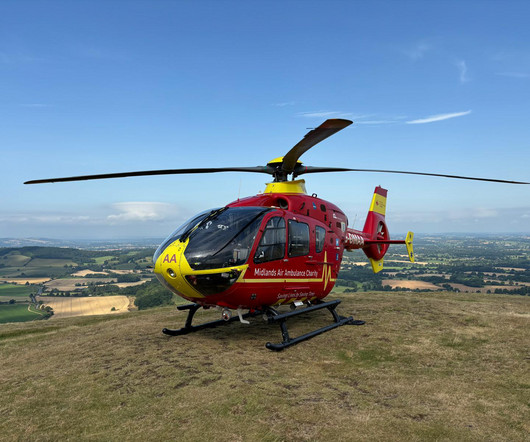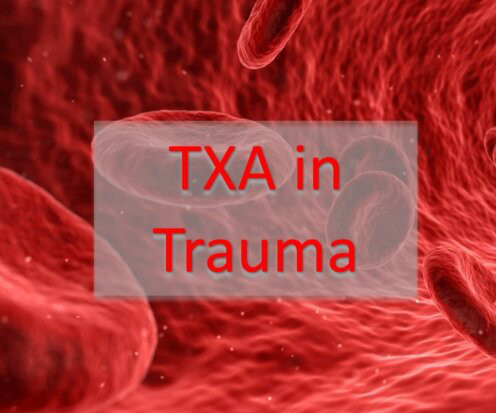Elective Placement With The Air Ambulance: Reflective Account and Top Tips
Mind The Bleep
OCTOBER 17, 2024
Through this role, as an observer, I was able to experience various pre-hospital emergencies; the most common scenarios I attended were cardiac arrests, but I also attended trauma patients at the scene of road traffic accidents, fractures in a wilderness medicine setting, anaphylaxis, and many others.














Let's personalize your content